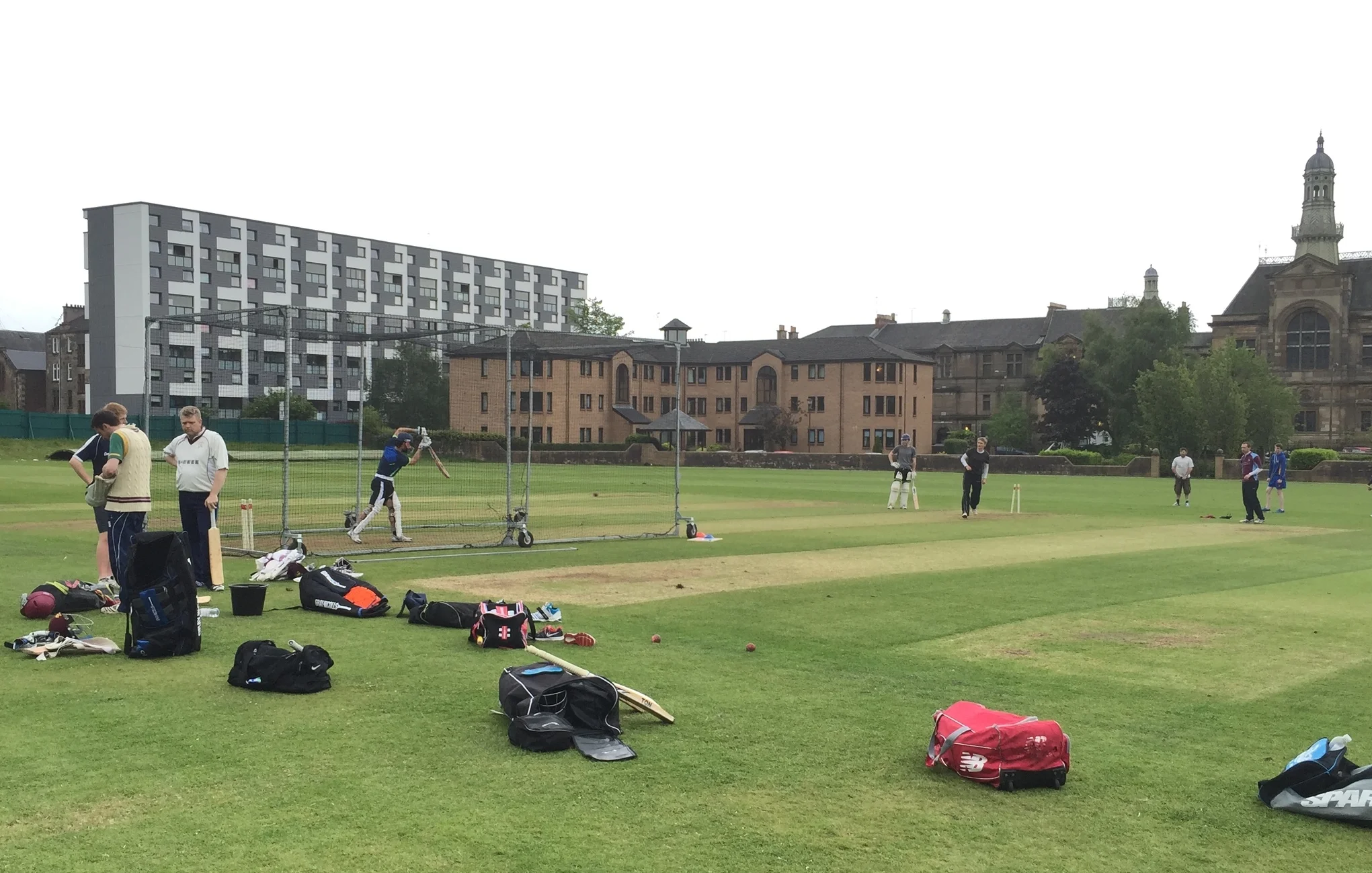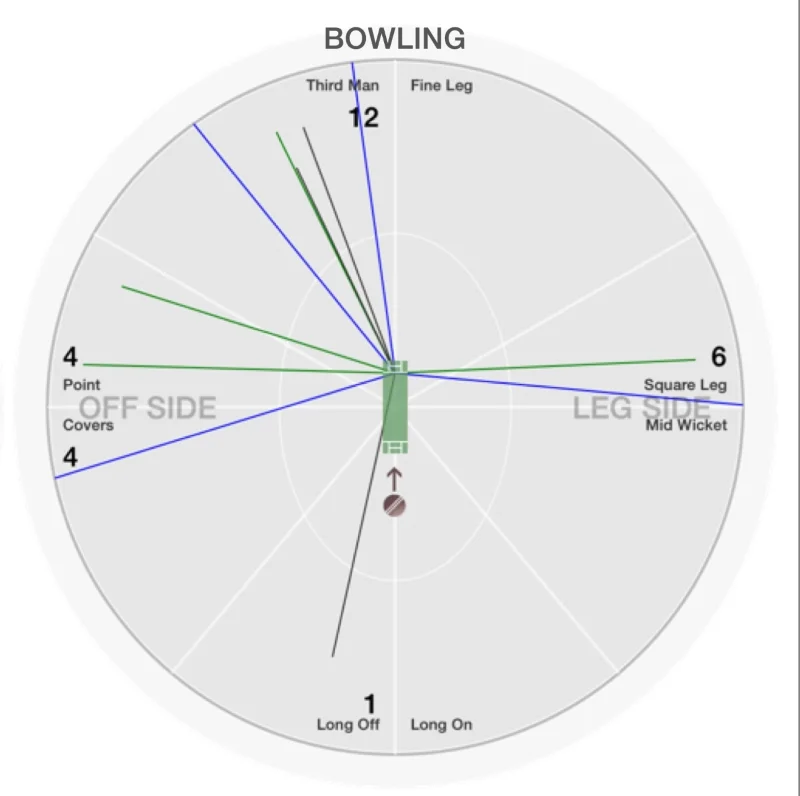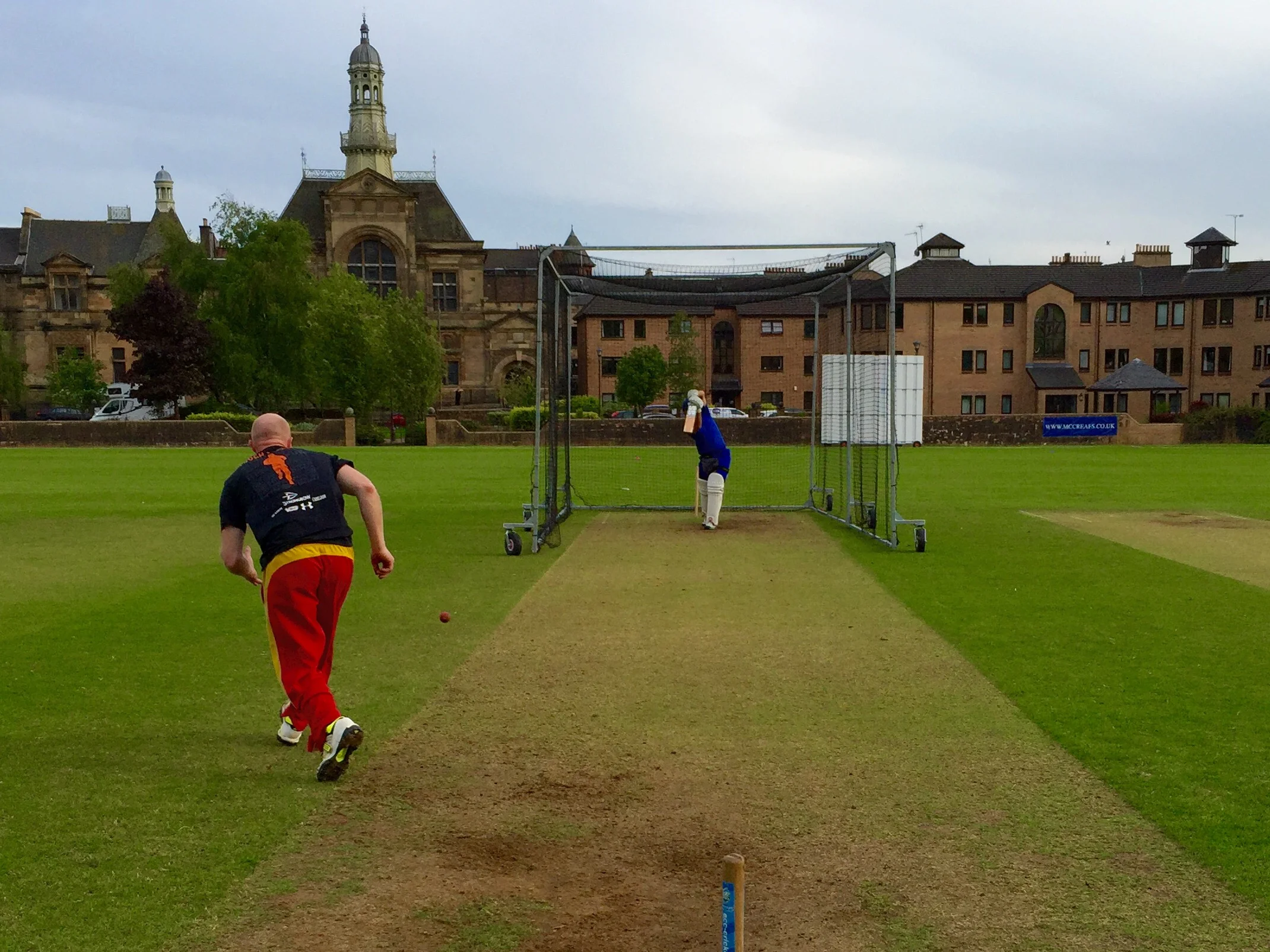In the final 1st XI T20 of year we went out as we came in: with a one-sided defeat. Bowled out for 71, and lost by nine wickets in the 13th over.
As has persistently been the case this year, wickets fell with no discernible pattern. Our overseas player - who has never looked out of nick the whole year, yet never got a 50 - hit a ball to mid off. As did the other opener, although he had scored a few. Number three was run out by a direct hit. Another batsman was run out at the non-strikers end. A spinner fired in a couple of good yorkers and our captain was given out lbw sweeping when it hit his glove.
I'm still unsure how and why this continues to happen. We have a tactical plan and a method to achieve it. Most players are experienced and have records of success to call on. We know our roles. The bowling is not dramatically better, despite there being some good bowlers around. We can't even blame the wickets any more as they are good cricket pitches at West, giving equal chance to good bowling and good batting.
We do seem unable to see off better bowlers or target weaker ones, everyone who bowls to us gets wickets. Yet there is no pattern to this as far as I can see.
One possible answer is to improve the quality of the bowling at practice. This can really only be done with a machine as we don't have enough 1st XI standard bowlers to give all the batting a decent go. I may also start approaching 1st team top order players for extra sessions on the bowling machine to see if we can get in some volume and make some technical corrections. The current method just isn't working the way I like it.
To return to the match, we bowled like a practice match with attacking fields and using our first XI opening bowlers for the first eight overs. As a result, the opposition attacked the ball into gaps, got away from us and won it easily. We dropped two catches. This didn't really matter for the result but it was a sign of the day, where everyone had a bit of an end of term feel. I can forgive that for this game that was already gone in a competition we were already unable to qualify for the next round.
One big plus at the end was someone saying he felt like the warm up was focused and that he felt it was a good team spirit right up until the last few runs were needed. I was delighted to hear as helping to create the right atmosphere is a big part of my role as coach.
- Stop: Finding ways to lose wickets, attacking too long with field placings.
- Start: Running the ball around more, picking the right balls to hit, build partnerships.
- Continue: Focus in the warm ups, playing like a team with a good atmosphere, confidence in our tactical approach.









